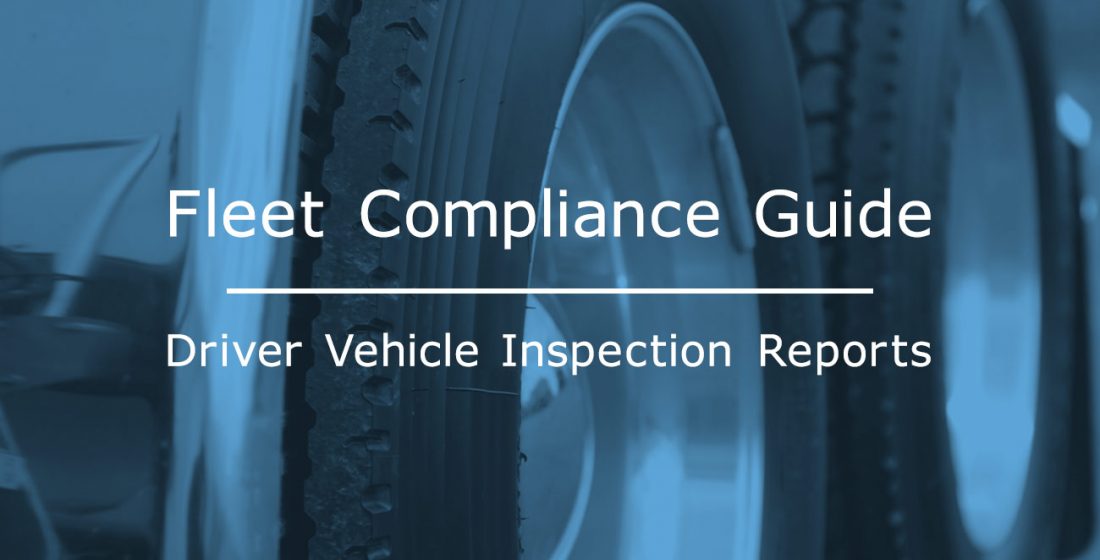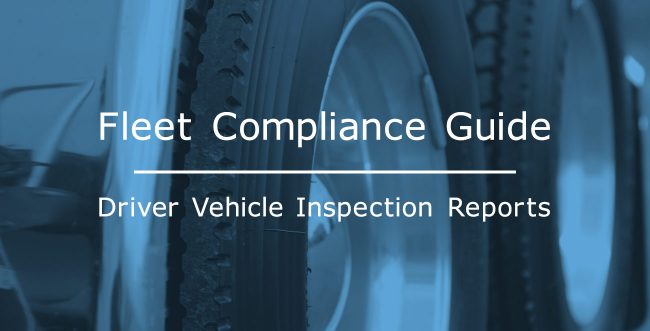DVIR or also known as a Driver Vehicle Inspection Report is part of the Compliance Accountability CSA program.
The CSA program has been conducted by the Federal Motor Carrier Safety Administration.
More precisely, the DVIR Form is essential for trucking companies and truckers, mainly because it acts as a communication tool for the needed repairs and actions that should be taken between the truck driver and the technician.
According to the federal regulations, each truck driver should have a written DVIR prepared each time he/she is operating a commercial motor vehicle.
In addition, the DVIR should be kept by the trucker for 90 days from the date of the inspection.
Yet, the Driver Vehicle Inspection Report applies to both motor carriers and drivers of commercial motor vehicles.
But, how should one properly fill in a DVIR Form?
Further, in this article you can read precise details and tips on filling a DVIR form properly! So, let’s take a look!
1. Achieving DVIR Compliance
The first and foremost step on properly filling in DVIR form is achieving compliance.







